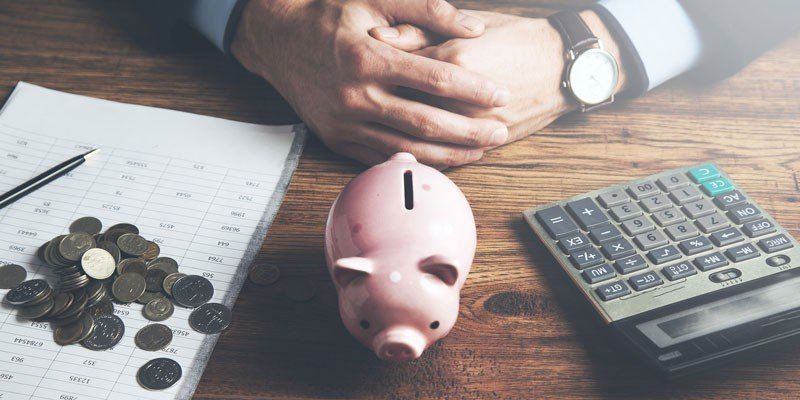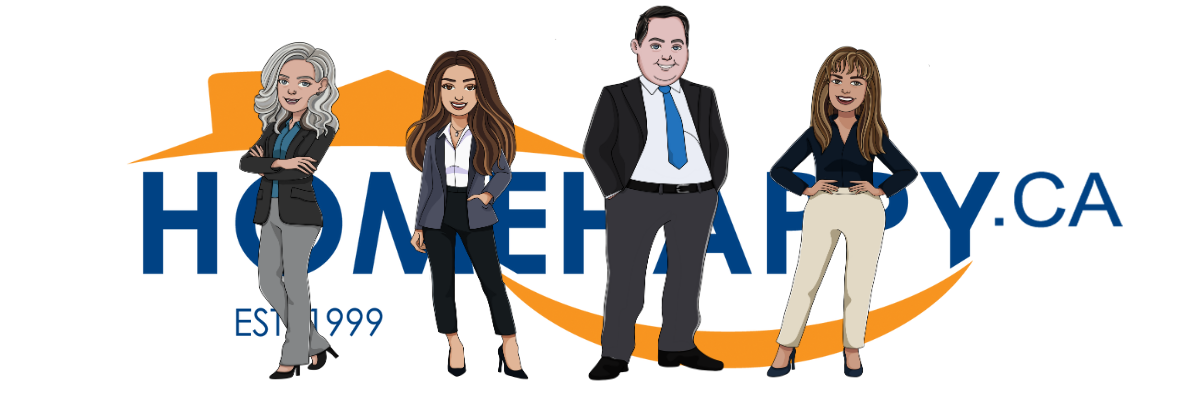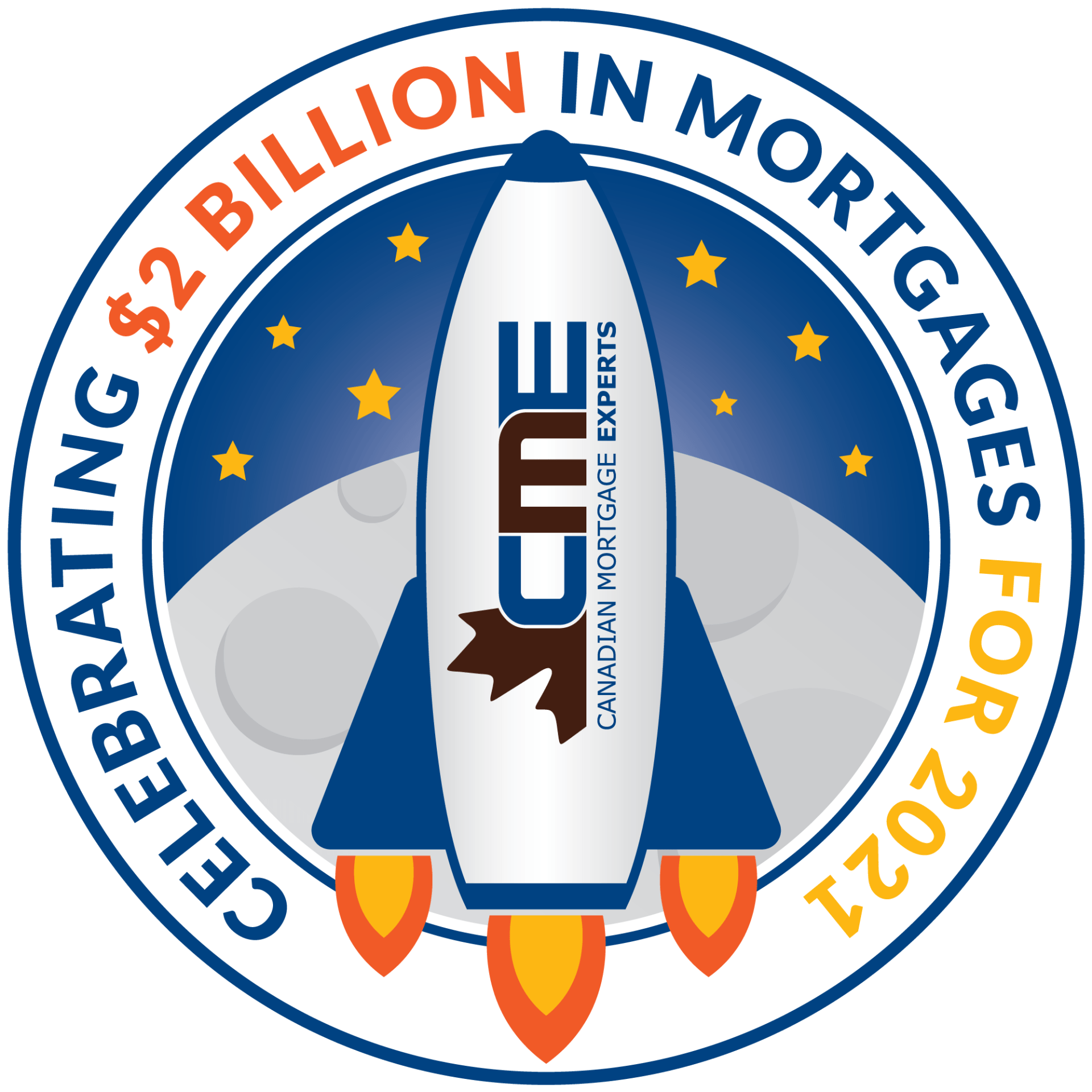Everything you Need to Know About Credit
HomeHappy • February 8, 2021
Your Credit Score is more Important Than Ever

Your credit score
is an evaluation of your risk level as a borrower. In Canada, it’s a number between 300-900 that’s calculated based on the data in your credit report. Designed to give lenders insight into your capacity to manage your finances and repay a loan, your credit score determines what rates, terms, and products lenders will offer.
If you’re interested in a mortgage loan, having good credit is vital to getting a great deal.
Your score is generated by 2 main organizations: Equifax
and TransUnion, and both credit bureaus allow you free access to your data. Since your credit score can impact your ability to make big purchases, don’t get taken by surprise. The more you know about your financial standing before making a big decision like buying a house, the more prepared you’ll be.
See where you stand, ensure correct information, that there are no errors, or strange activity by ordering your credit report and score. While there are more details available, essentially you need to prove your identity with two pieces of ID and basic background information. Your detailed report will arrive by mail in two to three weeks. You can also pay for instant online access for around $24.
Follow these links for instructions on accessing your free credit report from TransUnion and Equifax.
Credit Report and Credit Score -- Are They The Same?
Your credit report contains both personal identifying information like name and address, and contains all your financial information. It details your credit history, including repayment, types of credit, and may also include public records that might affect your creditworthiness -- like bankruptcy, judgements, and liens. Lenders use it to verify who you are, see your activity, and learn about your repayment history.
Your credit score is a number calculated using the information found in your report. It determines your risk level as a borrower. The higher the number, the better the odds are that you’ll repay your debt.
Credit Score Range
In Canada, our credit range varies from 300 to 900. Your credit score is a lot like a really basic game -- you get points when you use your credit responsibly, and lose points when you struggle to manage it. Like most games, the higher your score, the better.
For example, someone with very good (725-759) or excellent (760-900) credit has a high probability of being accepted for a mortgage because it’s unlikely they will default on payments.
People with higher scores have proven they’re reliable and trustworthy borrowers and generally get better credit terms. That translates to lower payments, lower interest rates, and they pay less interest over the lifetime of their account. They’ve also built enough credibility to borrow larger amounts.
People with a credit score below 650 may struggle to get new credit, so it’s best to strive for 680 or more to remain in good standing. Good habits create better outcomes, and make it easier to stay financially fit.
If you're far from this number, don’t fret -- everyone’s financial and credit situation is different, and lenders have different criteria to assess potential borrowers. No matter your situation, we can help.
Besides, a bad score isn’t permanent. Your credit score is flexible and always changing. It’s like a game, remember? So change your strategy.
Follow our tips below to set yourself up for a mortgage that suits you.
Be Consistent, and Improve Your Credit Score
Here are 7 easy ways to get you back on track, and build great credit.
- Create a realistic budget that works for you, and incorporates your debt. Include some fun money so you are more likely to stick to your plan.
- Pay your bills on time. If this is a struggle, set payment reminders or schedule automatic payments so the money automatically goes where it needs to. Late payments lower your score, and timely payment is huge when determining your credit score.
- If possible, pay off your credit card by the monthly due date. If you can’t pay in full, always pay the minimum amount shown on your statement.
- Never exceed your credit card limits. Use your card responsibly, and keep your balance well below the limit by spreading your spending. The higher your balance, the more impact it has on your credit score.
- Don’t apply for too much credit at once. The more applications you make, the more a lender checks your credit report. Hard inquiries stack and damage your score. Plus, the credit bureaus can see multiple applications as a sign of financial trouble.
- Don’t close unused credit cards. While cancelling a card seems like a great way to prevent yourself from debt you can’t afford, a healthy credit score requires a long history of responsible usage. When you cancel a card, you wipe the history. Besides, a low interest card with a zero balance and only periodic usage can really help build credit.
- Regularly check your credit report for any errors, and see how you’re doing.
There’s no shortcuts in the game of life, and it can take 3-6 months for the changes you make to reflect in your score. It takes time, patience, and consistency to rebuild credit.
Start now, and let your future self reap the benefits. You’ll thank yourself later.
What is Good Credit?
Well, it means your credit score is 650+, you can borrow and pay back on time, you’re trusted with large sums of money, and you have financial freedom to make bigger purchases.
Why it Matters
Having a high score provides you with better opportunities and more choices.
Good credit is a major deciding factor on whether you’re approved for a new credit product, and sets the terms and rates. A great score saves you money. Period.
Not only through making better financial choices for yourself, but because you do so, lenders want your business and are typically willing to give you a better deal too.
A good credit score shows lenders you’re reliable and trustworthy. It proves to lenders that you’re a great candidate for a loan or line of credit.
Ultimately, it means you're creditworthy.
How is Your Credit Score Calculated?
There are 5 financial factors pulled from your credit history that determine your score. Each element plays a significant role, though they are weighted differently which changes how they influence your score. Let’s deep dive into the specifics.
Payment History (35%)
Your payment history is 35% of your credit score -- the largest contributing factor. Lenders want to know they will get the money back that you borrowed. When you pay your bills, whether or not you’re on time matters. Your creditors report how much you owe, your monthly payment, and when you pay. A negative credit past will do some damage, and if you have a positive, clean history, it’s likely you have a great credit score to reflect that. The longer you have credit reporting to the credit bureau without late payments, the higher your score climbs.
Debt Owed (30%)
Your credit utilization, and how reliant you are on non-cash funds plays a major role in calculating your credit score. Your current financial obligations determine if you can manage more debt. People with a lot of debt have lower scores. Owing debt also means racking up interest charges, so paying off debt both increases your score, and saves you money.
Pro tip: A great credit score involves keeping the balance on your cards below 30% of the limit. It’s better to spend your spending over several cards, than have one card nearly maxed.
Credit Account History (15%)
How long you’ve been a borrower matters because it can provide a more accurate view of how you operate. It means you’ve had time to establish your reliability and trustworthiness. Someone who’s used credit over a long period of time is seen as a less risky prospect than someone just starting out. That’s why it’s never too early to start building your credit, and it’s a good idea to keep old accounts open. Even with a zero balance, and minimal usage, an old account is great for your overall credit health.
New Credit (15%)
Whenever you apply for a new loan or credit product, a lender does a hard inquiry into your credit report which drops your credit score for several months. Unfortunately, this effect stacks. If you apply to too many new credit cards or loans all at once, your score could significantly drop. Multiple credit applications can signal financial trouble, and red flag you as a risky borrower.
Types of Credit (10%)
Your credit mix plays a small role, and looks at how many cards, loans, or lines of credit you have. Diversity matters, and having a different mix of credit can help build your score. Certain credit types are more beneficial for you. For example, a credit card from a major, traditional financial institution is way better than a store credit card.
Your Choices Matter, Spend Smart.
Bad spending habits, and swiping without a care can have you quickly drowning in debt. Every transaction counts, no matter how small the purchase seems. Little things can sneak up on us, and they stack fast.
Sometimes we forget a credit card isn’t free money. Then we make irresponsible choices because it’s easy not to consider the consequences. Especially in the moment.
When you signed the dotted line and accepted your credit, you agreed to pay your lender back, and on time. That’s why missing payments damages your credit score -- you aren’t keeping your word.
Be smart with credit. Maybe you don’t see it right now, but every choice you make affects you. It hits harder than expected if you haven’t been paying attention.
Order your credit report to see where you stand. Ensure there are no errors.
If you’re ignoring your debt or not monitoring spending, it’s time to make changes. Make a debt repayment plan. Pay off as much as you can. If necessary, talk to us about consolidating. Credit Counselling and debt management programs can make buying your own home near impossible, so it’s better to talk to someone who has your long term interests at heart.
Make a realistic budget and know what you can spend. Set yourself up for success, with a plan that suits your needs. Give yourself the freedom of security and financial peace of mind.
Protect What You’ve Built
If you’re worried about the health of your credit beyond our tips to improve and manage it, you may want to consider a credit monitoring service. Both Equifax and TransUnion offer that option so you can stay on top of your credit and spot any fraudulent accounts and charges.
Talk to us
about any concerns you have, or if you have any questions. We’re always happy to offer customized solutions and advice that suit your unique needs.
Share:
Recent Posts

Going Through a Separation? Here’s What You Need to Know About Your Mortgage Separation or divorce can be one of life’s most stressful transitions—and when real estate is involved, the financial side of things can get complicated fast. If you and your partner own a home together, figuring out what happens next with your mortgage is a critical step in moving forward. Here’s what you need to know: You’re Still Responsible for Mortgage Payments Even if your relationship changes, your obligation to your mortgage lender doesn’t. If your name is on the mortgage, you’re fully responsible for making sure payments continue. Missed payments can lead to penalties, damage your credit, or even put your home at risk of foreclosure. If you relied on your partner to handle payments during the relationship, now is the time to take a proactive role. Contact your lender directly to confirm everything is on track. Breaking or Changing Your Mortgage Comes With Costs Dividing your finances might mean refinancing, removing someone from the title, or selling the home. All of these options come with potential legal fees, appraisal costs, and mortgage penalties—especially if you’re mid-term with a fixed-rate mortgage. Before making any decisions, speak with your lender to get a clear picture of the potential costs. This info can be helpful when finalizing your separation agreement. Legal Status Affects Financing If you're applying for a new mortgage after a separation, lenders will want to see official documentation—like a signed separation agreement or divorce decree. These documents help the lender assess any ongoing financial obligations like child or spousal support, which may impact your ability to qualify. No paperwork yet? Expect delays and added scrutiny in the mortgage process until everything is finalized. Qualifying on One Income Can Be Tougher Many couples qualify for mortgages based on combined income. After a separation, your borrowing power may decrease if you're now applying solo. This can affect your ability to buy a new home or stay in the one you currently own. A mortgage professional can help you reassess your financial picture and identify options that make sense for your situation—whether that means buying on your own, co-signing with a family member, or exploring government programs. Buying Out Your Partner? You May Have Extra Flexibility In cases where one person wants to stay in the home, lenders may offer special flexibility. Unlike traditional refinancing, which typically caps borrowing at 80% of the home’s value, a “spousal buyout” may allow you to access up to 95%—making it easier to compensate your former partner and retain the home. This option is especially useful for families looking to minimize disruption for children or maintain community ties. You Don’t Have to Figure It Out Alone Separation is never simple—but with the right support, you can move forward with clarity and confidence. Whether you’re keeping the home, selling, or starting fresh, working with a mortgage professional can help you understand your options and create a strategy that aligns with your new goals. Let’s talk through your situation and explore the best path forward. I’m here to help.

What Is a Second Mortgage, Really? (It’s Not What Most People Think) If you’ve heard the term “second mortgage” and assumed it refers to the next mortgage you take out after your first one ends, you’re not alone. It’s a common misconception—but the reality is a bit different. A second mortgage isn’t about the order of mortgages over time. It’s actually about the number of loans secured against a single property —at the same time. So, What Exactly Is a Second Mortgage? When you first buy a home, your mortgage is registered on the property in first position . This simply means your lender has the primary legal claim to your property if you ever sell it or default. A second mortgage is another loan that’s added on top of your existing mortgage. It’s registered in second position , meaning the lender only gets paid out after the first mortgage is settled. If you sell your home, any proceeds go toward paying off the first mortgage first, then the second one, and any remaining equity is yours. It’s important to note: You still keep your original mortgage and keep making payments on it —the second mortgage is an entirely separate agreement layered on top. Why Would Anyone Take Out a Second Mortgage? There are a few good reasons homeowners choose this route: You want to tap into your home equity without refinancing your existing mortgage. Your current mortgage has great terms (like a low interest rate), and breaking it would trigger hefty penalties. You need access to funds quickly , and a second mortgage is faster and more flexible than refinancing. One common use? Debt consolidation . If you’re juggling high-interest credit card or personal loan debt, a second mortgage can help reduce your overall interest costs and improve monthly cash flow. Is a Second Mortgage Right for You? A second mortgage can be a smart solution in the right situation—but it’s not always the best move. It depends on your current mortgage terms, your equity, and your financial goals. If you’re curious about how a second mortgage could work for your situation—or if you’re considering your options to improve cash flow or access equity—let’s talk. I’d be happy to walk you through it and help you explore the right path forward. Reach out anytime—we’ll figure it out together.

Bank of Canada maintains policy rate at 2.1/4%. FOR IMMEDIATE RELEASE Media Relations Ottawa, Ontario December 10, 2025 The Bank of Canada today held its target for the overnight rate at 2.25%, with the Bank Rate at 2.5% and the deposit rate at 2.20%. Major economies around the world continue to show resilience to US trade protectionism, but uncertainty is still high. In the United States, economic growth is being supported by strong consumption and a surge in AI investment. The US government shutdown caused volatility in quarterly growth and delayed the release of some key economic data. Tariffs are causing some upward pressure on US inflation. In the euro area, economic growth has been stronger than expected, with the services sector showing particular resilience. In China, soft domestic demand, including more weakness in the housing market, is weighing on growth. Global financial conditions, oil prices, and the Canadian dollar are all roughly unchanged since the Bank’s October Monetary Policy Report (MPR). Canada’s economy grew by a surprisingly strong 2.6% in the third quarter, even as final domestic demand was flat. The increase in GDP largely reflected volatility in trade. The Bank expects final domestic demand will grow in the fourth quarter, but with an anticipated decline in net exports, GDP will likely be weak. Growth is forecast to pick up in 2026, although uncertainty remains high and large swings in trade may continue to cause quarterly volatility. Canada’s labour market is showing some signs of improvement. Employment has shown solid gains in the past three months and the unemployment rate declined to 6.5% in November. Nevertheless, job markets in trade-sensitive sectors remain weak and economy-wide hiring intentions continue to be subdued. CPI inflation slowed to 2.2% in October, as gasoline prices fell and food prices rose more slowly. CPI inflation has been close to the 2% target for more than a year, while measures of core inflation remain in the range of 2½% to 3%. The Bank assesses that underlying inflation is still around 2½%. In the near term, CPI inflation is likely to be higher due to the effects of last year’s GST/HST holiday on the prices of some goods and services. Looking through this choppiness, the Bank expects ongoing economic slack to roughly offset cost pressures associated with the reconfiguration of trade, keeping CPI inflation close to the 2% target. If inflation and economic activity evolve broadly in line with the October projection, Governing Council sees the current policy rate at about the right level to keep inflation close to 2% while helping the economy through this period of structural adjustment. Uncertainty remains elevated. If the outlook changes, we are prepared to respond. The Bank is focused on ensuring that Canadians continue to have confidence in price stability through this period of global upheaval. Information note The next scheduled date for announcing the overnight rate target is January 28, 2026. The Bank’s next MPR will be released at the same time.





